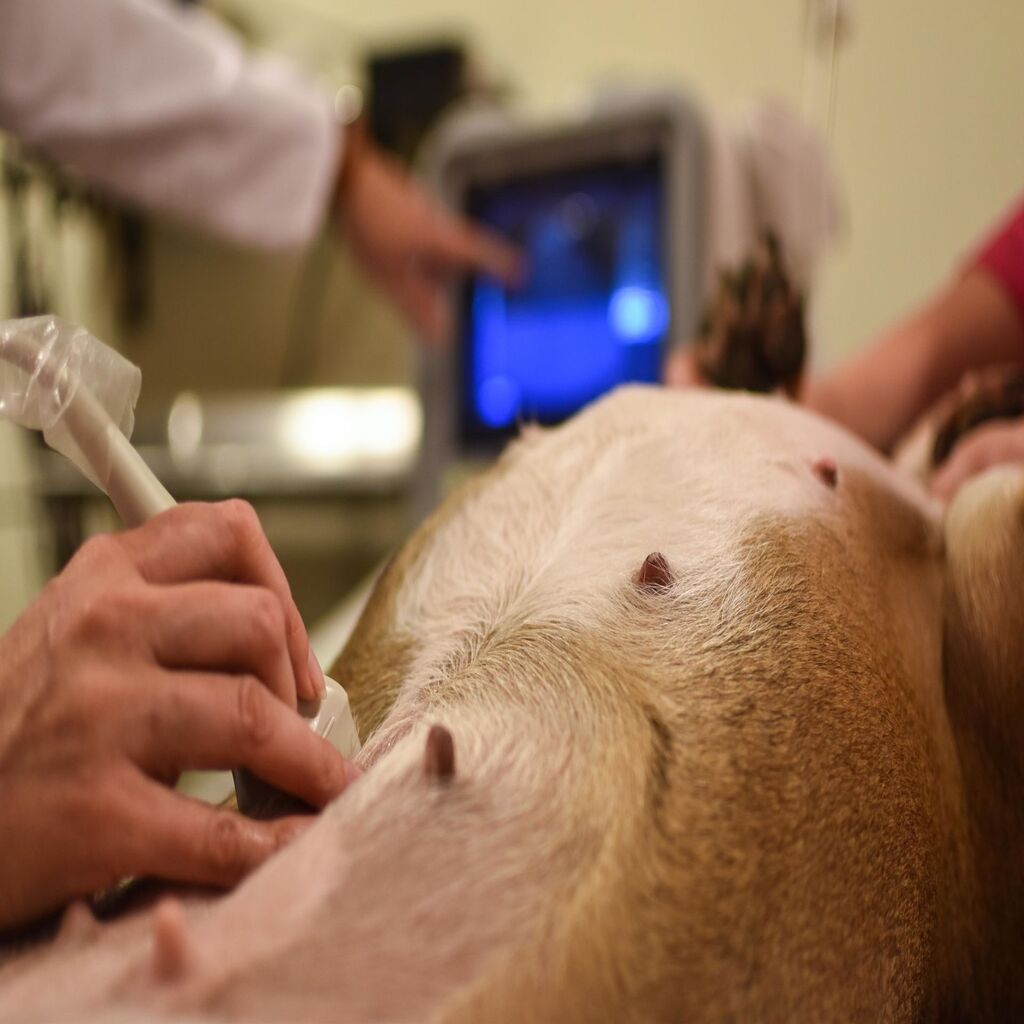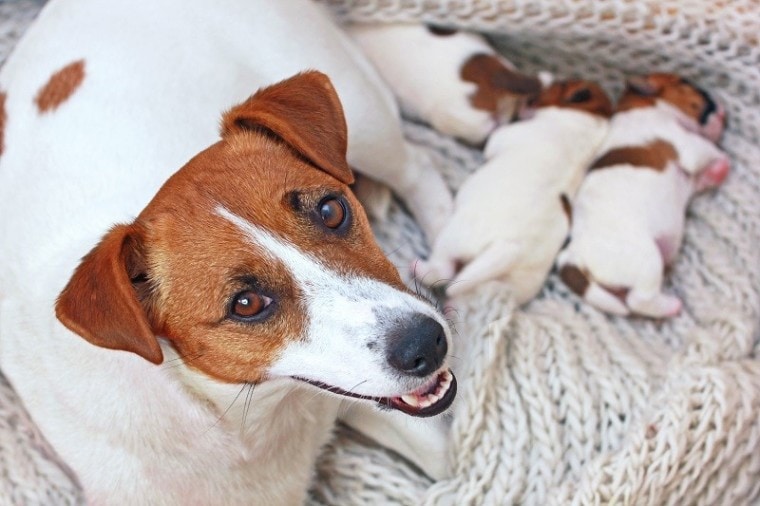
Welcoming a litter of adorable puppies is an exciting time for any dog owner. However, in some cases, a Dog Cesarean section may be necessary to ensure the safe delivery of the puppies and the health of the mother. If you find yourself in this situation, it’s essential to have all the information you need to make informed decisions and provide the best care for your furry friend.In this comprehensive guide to dog Cesarean section surgery, we’ll walk you through everything you need to know. From understanding when a C-section is necessary to preparing for the procedure and post-operative care, we’ve got you covered. So, grab a cup of coffee and get ready to become a pro at dog C-sections!
Dog Cesarean Section Surgery : The call came in to a local veterinarian at about three o’clock in the morning. (These middle-of-the-night calls almost always indicate to a veterinarian that there will be no more sleep this night!) A two year old Chihuahua was having difficulty delivering her pups. This condition, called DYSTOCIA, requires immediate attention. So off the veterinarian went to assist the exhausted and troubled mother.
Dog Cesarean Section Surgery

Upon examination the veterinarian noticed that the mother was thin, displayed a state of dehydration and seemed to show little interest in straining… having muscle contractions to help push the pups on their way. Her temperature , heart rate and blood sugar levels were normal. The owner indicated her dog was having contractions starting about five p.m., had strong contractions every ten minutes for two hours, and still produced no puppies. After the two hours of straining her attempts at abdominal contractions occurred only every twenty to thirty minutes… then not at all. She was becoming weaker and the owner decided to call.

The veterinarian took an x-ray and saw that four pups were needing to be presented to the world as soon as possible. An intravenous catheter was inserted to facilitate administration of oxytocin, dextrose and calcium in very measured and controlled amounts. The goal was to stimulate the uterine muscles to contract so that the veterinarian could grasp the pup and assist with delivery. Over the next three hours three healthy pups were delivered… but then the mother could respond no further. Surgery was indicated to remove the last pup in the hopes of ending the mother’s ordeal and to increase the chance of saving the unborn pup’s life. (If the placenta separates from the uterine wall the pup will die within minutes.)
That’s when my phone rang…
“Hi Dr. Dunn. Can you come in and do a C-section on a dog that’s in trouble? I have appointments starting in a few minutes and I’m the  only doctor here today; and this little gal really needs some help.”
only doctor here today; and this little gal really needs some help.”
Within the hour I was moving the scalpel along the mother’s skin, entering her abdomen to retrieve the reluctant fetus. I noticed that the mother was not well nourished and that she must be severely stressed after all these hours of labor. I found that the problem with the delivery was most likely due to poor nutrition and poor hydration because her internal tissues had very scant fat deposits and her intra-uterine tissues were noticeably poorly hydrated. With the three attendants assisting and careful monitoring of her vital signs and the use of today’s best analgesics and anesthetics, we were able to remove the pup and save it. After I handed the newborn to an assistant, I spayed the patient as the owner requested. No more pups for this dog!
Dog Cesarean Section Surgery is a complex procedure that requires careful planning, skilled veterinarians, and a supportive environment. It is essential to understand the reasons why a C-section may be necessary for your dog’s health and the health of her puppies. By following the guidelines outlined in this guide, you can ensure a successful surgery and a safe delivery for your dog and her puppies. If you have any questions or would like to share your own experiences with Dog Cesarean Section Surgery, please let us know in the comments. We value your input and are here to support you every step of the way.
Frequently Asked Questions
What is a dog Cesarean section called?
A dog Cesarean section is called a cesarean section, or simply a C-section. It is a surgical procedure in which the puppies are delivered through an incision made in the mother dog’s abdomen and uterus. This procedure is typically performed when natural birth is not possible or poses a risk to the mother or puppies.
How many c-sections is safe for a dog?
Instead, they feel that a dog should only undergo 2-3 c-sections in its lifespan to ensure the mother and her puppies’ health. Your veterinarian will be able to assess your dog and tell you whether a c-section is necessary and whether it is a safe surgery for your dog.
What are the side effects of dog Cesarean section?
C-sections, like any surgery, can have complications. Haemorrhage (bleeding), dehiscence (reopening of the wound), and infection are among potential problems following dog cesarean section surgeries. In most situations, these post-operative problems are manageable—if they appear at all.






